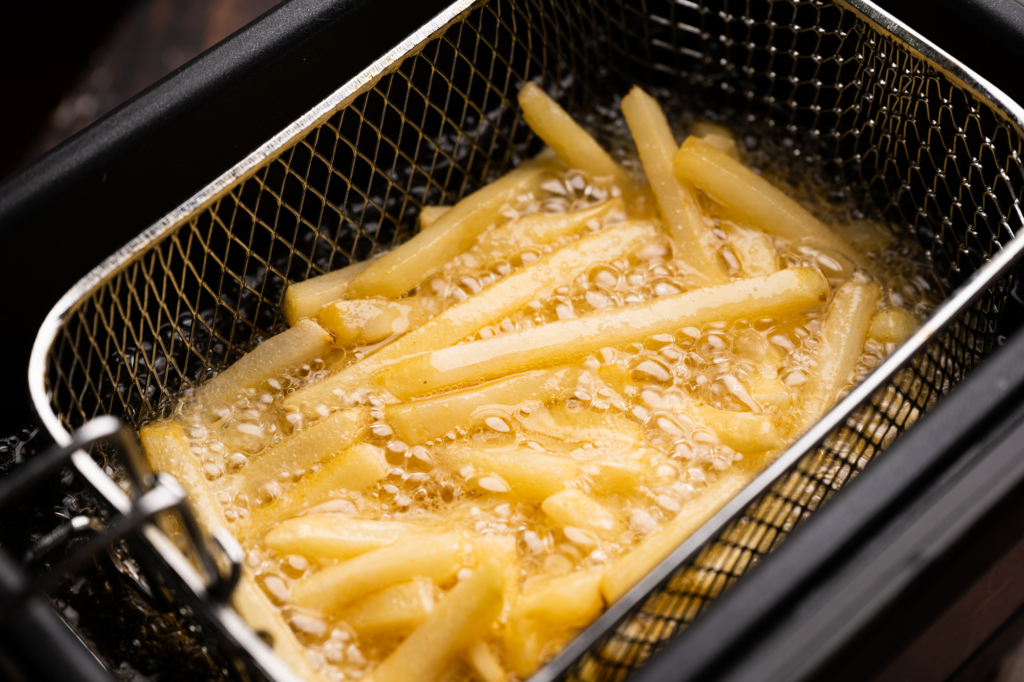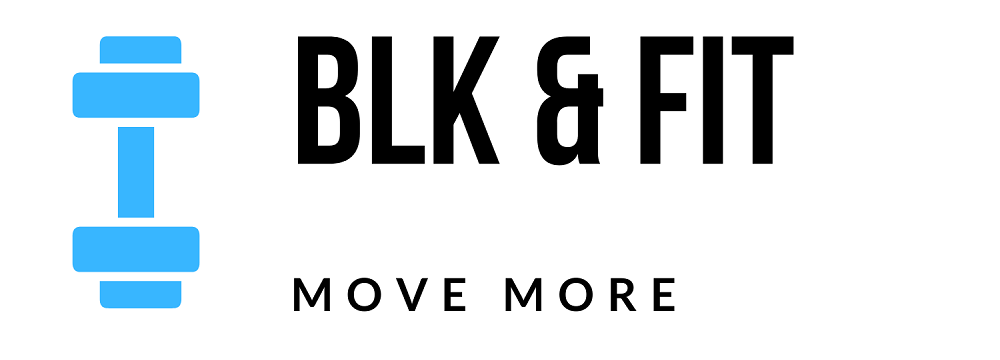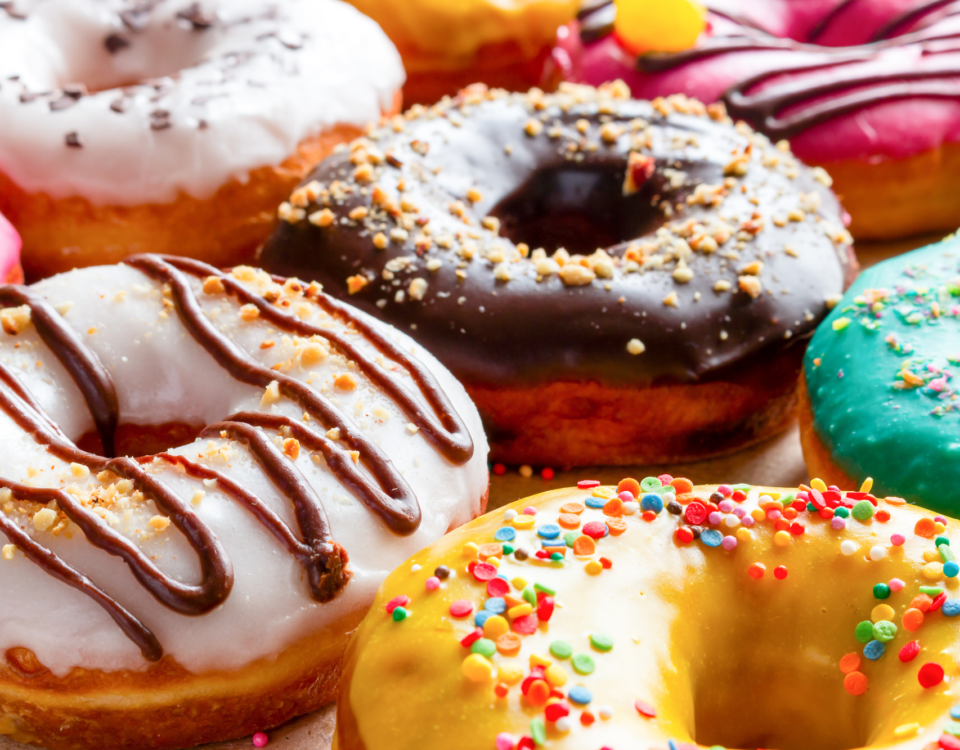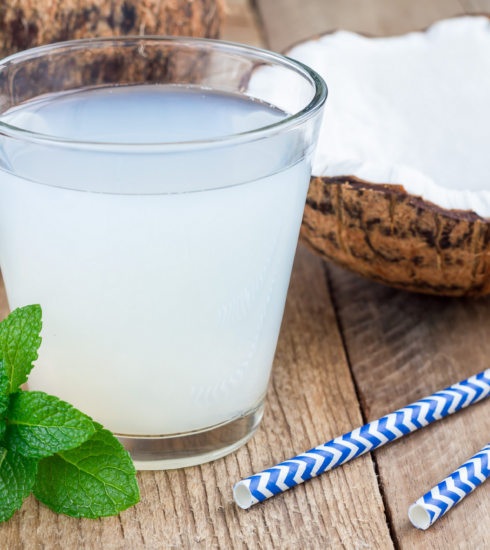What are Trans Fats & Why You Should Avoid Them at All Costs
Reading food labels may not be at the top of your priority list, but knowing what trans fats are will help improve your health tremendously.
There are two types of trans fats found in food. Those that are naturally occurring are found in the gut of some animals and end up in our foods, such as milk and meat products. The other trans fats are artificial and are created when liquid vegetable oils are processed to make them more solid. On food labels, you’ll find them listed as “partially hydrogenated oils.”
Although they can be found in foods throughout your supermarket aisles, the U.S. Food and Drug Administration (FDA) has declared that partially hydrogenated oils are no longer safe as human food.
Companies use trans fats as a cheap and easy way to give foods taste and texture. However, these fats can wreak havoc on your health by raising your bad cholesterol levels and lowering the good ones. Ultimately, eating these fats can increase your risk of developing type 2 diabetes, heart disease, and stroke.

What Foods Contain Trans Fats?
Avoid the following foods that contain trans fats:
- Doughnuts
- Cakes and pie crusts
- Muffins
- Biscuits
- Frozen pizza
- Crackers
- Cookies
- Stick margarine
Ditch the vegetable oil when cooking and opt for heart-healthy ones including olive, coconut, sesame or avocado oil. Ghee, clarified butter, is also a good alternative for high-heat cooking.









